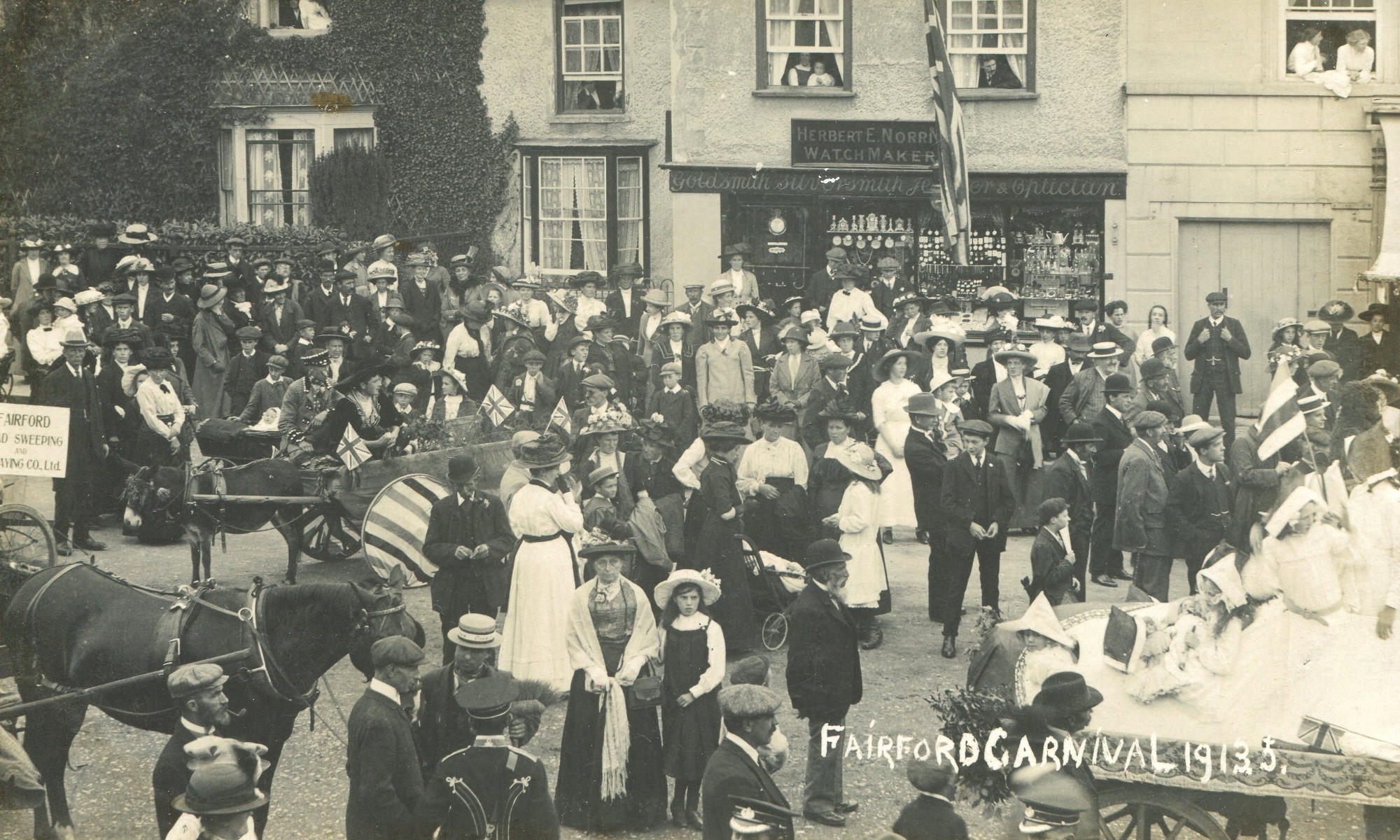Although today we all take the provision of efficient sewers for granted (until they become blocked!), this was not always the case. The Second Report of the Royal Sanitary Commission, published in 1874, presented the results of a nation-wide survey of the state of Britain’s sewers, drains, water supply and medical facilities. The report makes very uneasy reading!
Under the heading Sewerage the report for Fairford reads:
“There is no proper public sewerage or drainage in the town. Sewers are ventilated by open gratings and in part by rain pipes. Sewers and house drains are not trapped. Some drains go into the river, many into a watercourse, which empties into the river between Fairford and Lechlade. The houses are not generally supplied with waterclosets or privies capable of being flushed with water. Cesspools and ashpits are not deodorized. Houses do not generally drain into the sewers. A great many are without the means of communication.”
Under the heading of Water Supply the report states:
“Water supply is chiefly obtained from wells, some of which are polluted, and in very few it is pure, in part from the river Colne, into which very little drainage runs. There is no general plan for utilizing the rainfall.”
Perhaps surprisingly the section on Treatment of Disease records that: “There have been a few cases of typhus or scarlet fever, but no special outbreak of disease, since 1853.” Perhaps people had stronger constitutions in the 1870s!
The Commissioners obtained their information by sending out a questionnaire to each parish and the respondents for Fairford are listed as Lord Dynevor, the vicar; Robert Hayward, a plumber; Henry Dancy, the owner of a drapers in the Market Place; and Samuel Vines, a retired ironmonger. They sent in their reply on 16 February 1870 but it took another four years for the report to be published—nothing changes, does it?
A comment found in the Fairford Parish Council Minutes, July 8th, 1903. “Reference was made by Mr Cole that on certain days there was a quantity of soapsuds escaping from the drains of the cottages belonging to the Church Lands into the Green ditch & the Clerk was directed to write to Mr A H Iles drawing his attention to the fact.”
Another Government survey, Water Undertakings, published in 1914 showed little real progress with the majority of Fairford’s water coming from a spring near the Mill; the river Coln; and numerous wells.
